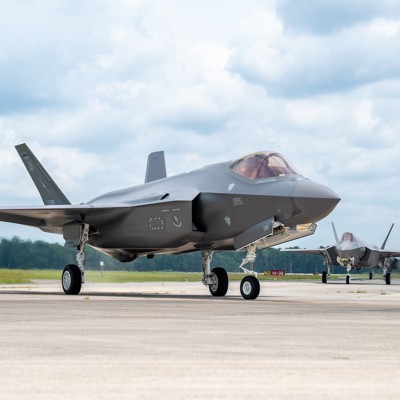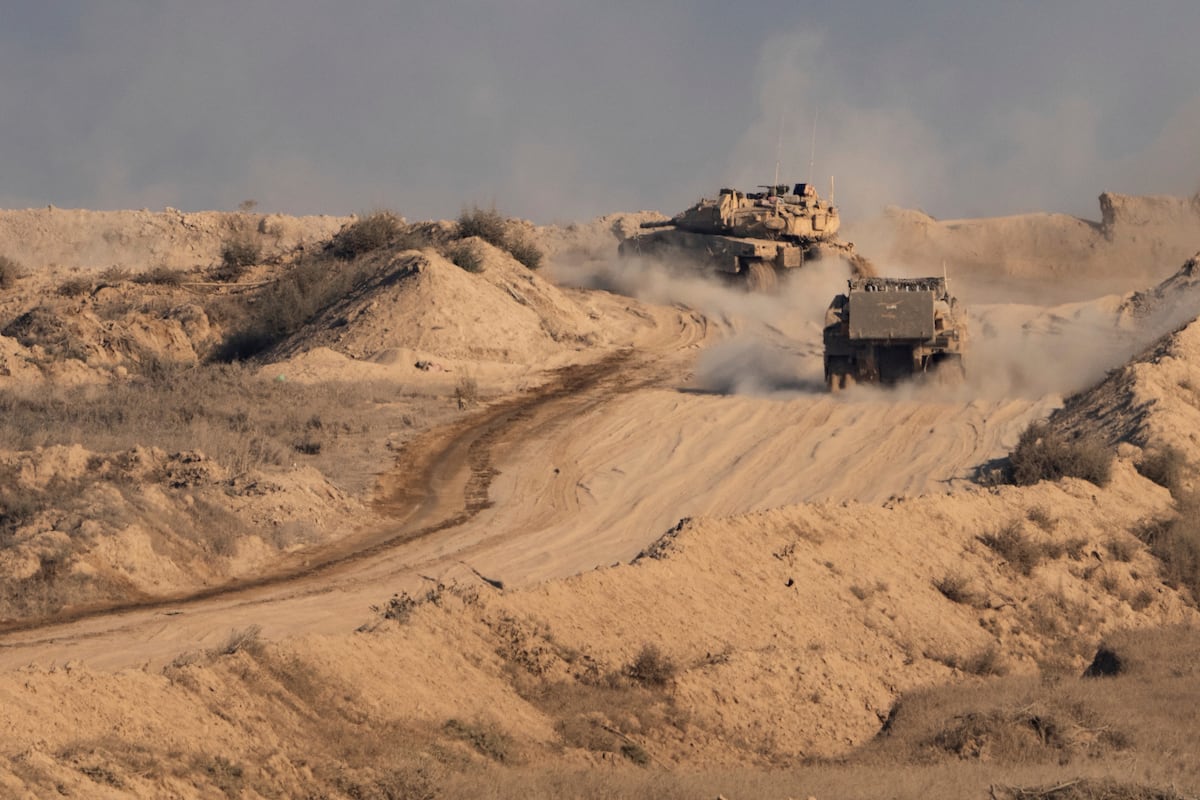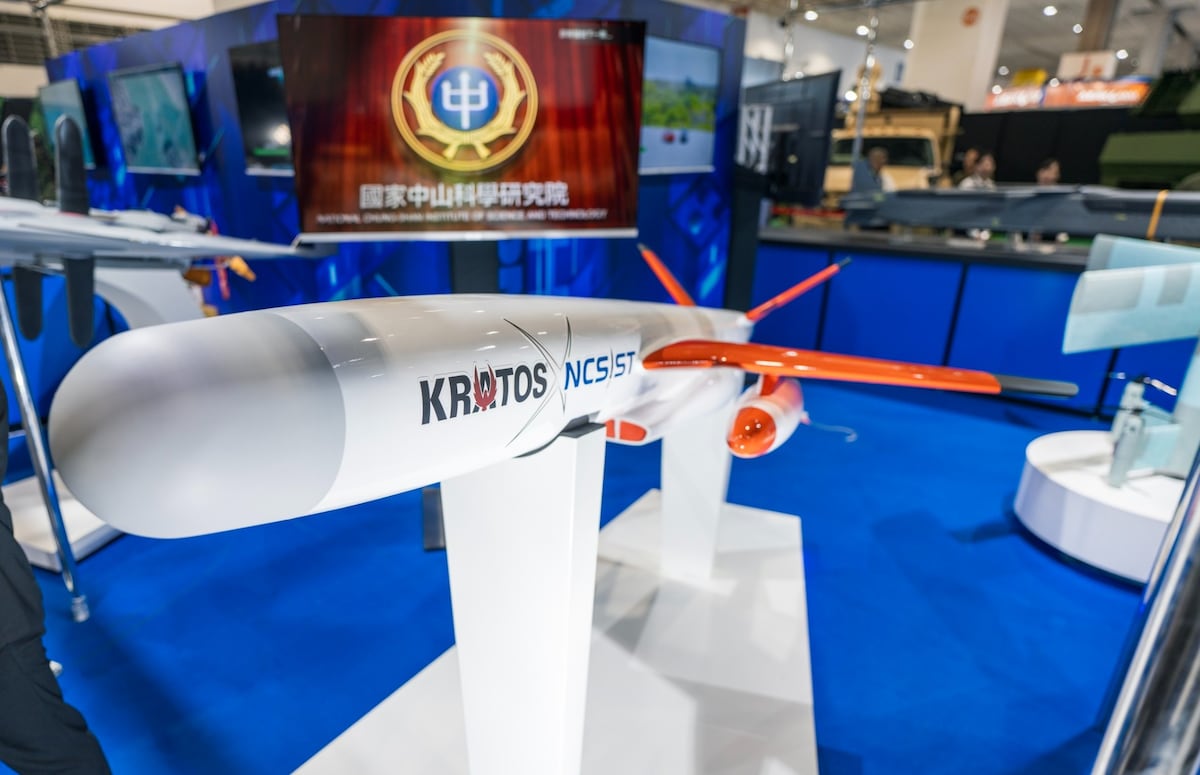Lockheed Martin has delivered all of the F-35 fighter jets that were stored in long-term parking at its facilities in Texas after software problems held up deliveries of the jet for a year.
The Pentagon stopped accepting deliveries of the jet in July 2023 due to delays with an upgrade package, called Tech Refresh-3, but the company did not stop building them, resulting in 72 jets stacking up at Lockheed facilities during the year-long pause. Until now, the Pentagon has declined to say how many jets were affected.
The final backlogged jet was delivered May 1, according to the JPO. Bloomberg was first to report the backlog had been cleared. Lockheed declined to comment.
The previously parked jets and new jets coming off the production line are being delivered with a “truncated” version of the TR-3 upgrade. But Lockheed executives recently announced that the full, combat-ready version of the upgrade is done, and they’re just waiting for formal approval from the JPO.
The government had been withholding $5 million per jet from Lockheed until the full upgrade package was ready. That figure was reduced to $1.2 million per jet earlier this year, after Lockheed made progress on TR-3 development.
Still, the “bulk of funds” are being withheld from Lockheed, the JPO said, for the parked jets as well as the new production jets that are waiting for the full TR-3 upgrade. The money will be released “incrementally,” and the program office expects the final withheld payment will be given to Lockheed next year.
“The F-35 Joint Program Office is focused on overcoming known risks to deliver TR-3 combat capability in 2025. Many new capabilities will be delivered this year and into the future,” the JPO said in a statement.
The cleared backlog is good news for Lockheed, but the defense giant is still set to take a major blow in the Pentagon’s 2026 budget request, after officials chose to cut the number of F-35s—buying 47 jets instead of the planned 74.
Pentagon officials have said the cut will help the program fix its readiness problems and move more money to sustainment. The decision was also tied to Block 4 delays, according to the officials, who said some of that money that would’ve gone to buy planes will be funneled into making sure the effort stays on track. Block 4 includes a host of new capabilities like a new processor, sensors, and weapons, but TR-3 has to be fully fielded first, as it will serve as the software “backbone” for Block 4.
Lockheed is hoping Congress will step in and reverse the Pentagon’s decision to cut the F-35 buy in the 2026 budget. The Senate Armed Service Committee has released its version of the 2026 National Defense Authorization Act, which would increase the Air Force’s F-35 buy by 10 jets, up from 24 to 34 jets—increasing the total Pentagon buy to 47 jets.
But the House Armed Service Committee did not increase the F-35 buy in its version of the 2026 defense policy bill. Instead, the committee added $500 million for spare parts while lowering development funding for the program by $200 million, citing delays with Block 4.
Read the full article here








Leave a Reply